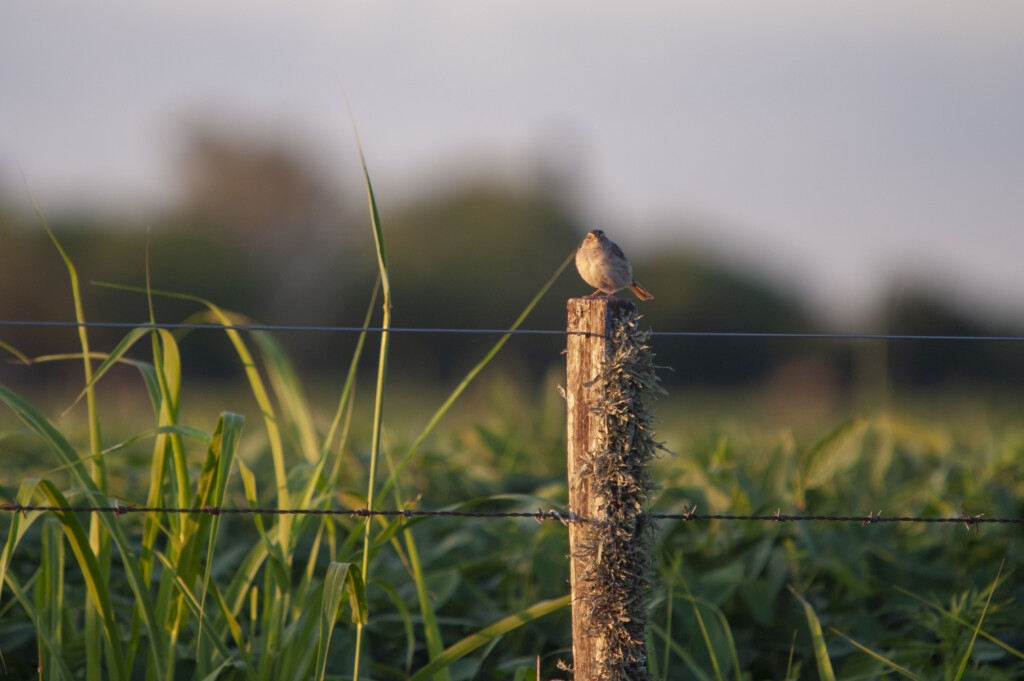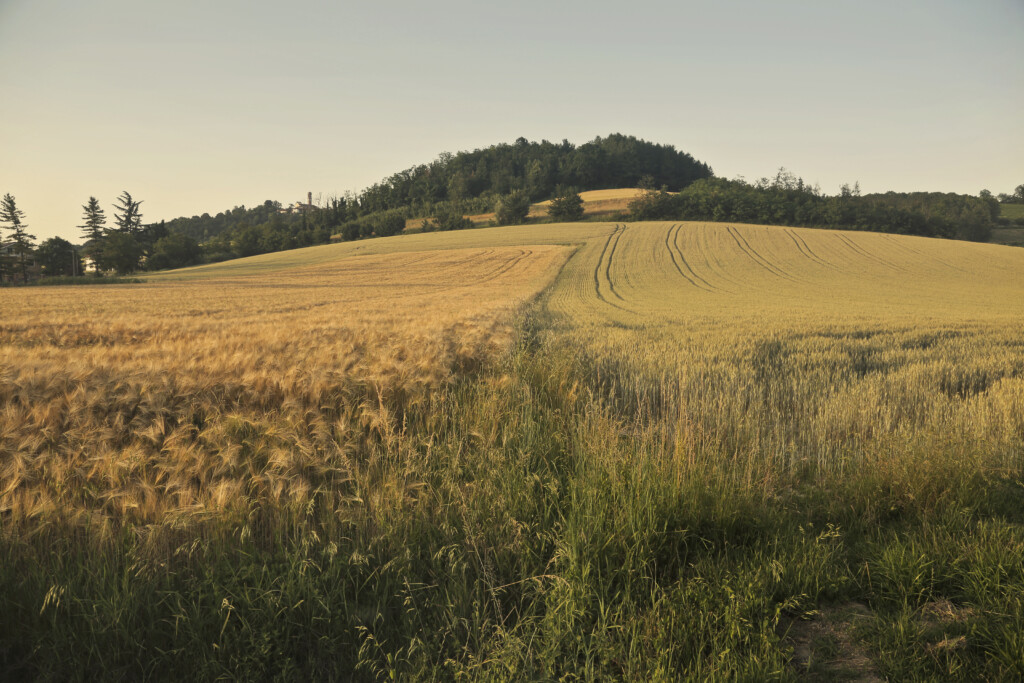The rise in global consciousness regarding the urgent need to shift from fossil fuels to renewable energy has paved the way for massive investment in renewable sources, chief among them being solar energy. Solar energy is undeniably a cleaner and more sustainable form of energy. But like everything in nature, it exists within a complex web of cause and effect. One of the prominent aspects of this complex interaction involves the impact of solar energy on wildlife. Understanding these impacts is the first step to developing strategies that can harness the benefits of solar energy while minimizing its potential harm to wildlife. As we continue to invest and grow in renewable energy, it is crucial that we do so in a manner that respects and sustains the rich biodiversity of our planet. This understanding can be strengthened by first examining the ways solar energy can impact animal habitats and wildlife.

Solar energy, despite its green credentials, does not exist without potential consequences for wildlife and biodiversity. The installation and operation of solar power plants, for instance, can lead to the fragmentation and loss of critical wildlife habitats. These changes can potentially disrupt wildlife populations and in severe cases, even lead to the extinction of certain species. This is an often overlooked impact of solar energy on wildlife.
One of the most striking examples is how solar farms can disrupt bird habitats and migration patterns. Similarly, desert tortoises, a threatened species, can see their breeding and foraging patterns disturbed due to these installations. The construction of solar farms can also trigger soil erosion and other forms of land degradation, which directly impact the quality and availability of food and water for wildlife. These changes could lead to a loss of biodiversity in the affected area, creating a ripple effect in the ecosystem.
Other factors like noise and light pollution resulting from the construction and operation of solar power facilities can disturb wildlife behavior and disrupt natural habitats. For example, solar panels can attract insects, which in turn attract predators, leading to disruptions in the natural food chain.
While the impact of solar energy on wildlife and biodiversity is a reality, it doesn’t mean it can’t be managed effectively. The solution lies in effective planning and execution. One effective method involves careful site selection. Locating solar facilities in areas with minimal impact on wildlife and their habitats is crucial.
Design features that reduce the risk of wildlife interactions with solar panels are another effective measure. For instance, solar panels can be installed on raised platforms or at a tilted angle to reduce the likelihood of wildlife collisions. Bird diverters and wildlife fencing can also be used to deter wildlife from entering solar facilities.

Monitoring and assessments are also vital. Regular studies throughout the year, especially during breeding and wintering periods, can help track any potential impacts on vulnerable species like farmland birds. This data can guide management decisions to ensure a positive influence on biodiversity.
Finally, designing solar facilities with wildlife in mind can make a difference. Features like wildlife-friendly fences and structures that reduce the risk of collisions can enhance the compatibility of these sites with local fauna. In the end, it’s about creating a balance between our energy needs and the wellbeing of our wildlife. By implementing thoughtful measures, solar parks can indeed coexist harmoniously with their natural surroundings. It should also be noted that despite these potential disruptions, the impact is less severe compared to nuclear plants, which produce harmful radioactive waste.
As mentioned before, it’s really important to plan solar farm locations carefully to avoid harming protected species and habitats. But exactly how? One way to do this is by creating maps that show where the most important and sensitive species and habitats are. These maps help the people planning and approving solar farms know which areas to avoid.
When choosing a location for a solar park, areas that are crucial to protected species and habitats (known as Natura 2000 sites), or those that help these sites (like feeding grounds), should be avoided. Instead, we should try to place solar farms near places that have already been changed by human activities, such as paved roads or cities.
We could also put solar farms on ‘brownfields’ or other places where biodiversity is already low. In these areas, solar parks could even improve the diversity of plant and animal life. For example, a solar farm could replace a heavily farmed area with a more natural, less intensively managed land. This could lead to improvements in biodiversity and groundwater levels.
To make sure the solar farm is good for nature, it’s important to regularly study its impacts on wildlife, especially during important times like the breeding season and winter. The way we manage the solar farm should be based on what these studies find.

Several studies have shown that placing solar parks on old agricultural land can be beneficial for nature. For example, some researchers found that more different types of plants, butterflies, bees, and birds were found at solar farm sites compared to normal farmland. Lots of things can be done to make solar farms even better for wildlife. This could include reducing the use of harmful chemicals, making sure cleaning products don’t harm wildlife, and using sheep grazing or mowing to keep the grass down. Solar farms could even be connected into a network to create a larger, connected area for wildlife.
When we design and manage solar farms, it’s important they don’t stop wildlife from moving around. Fences could have small gaps for small animals or be designed in a way that birds can see them and avoid crashing into them. But, we need to think about this on a site-by-site basis, as what works for one place might not work for another.
While solar farms can negatively affect wildlife due to the need to clear large areas of the ecosystem to construct the facilities, residential and commercial solar panels are a different story. The installation of residential solar panels, when carried out correctly, is not believed to cause harm to wildlife.
Unlike large solar farms, residential and commercial solar installations occupy a significantly smaller footprint and are generally placed on existing structures like rooftops, so they have less potential to disrupt natural habitats. Yet, some interactions with wildlife still occur. Birds, squirrels, or raccoons might be intrigued by the shelter that solar panel arrays offer. If the design of the solar system allows, these animals might choose to burrow under the panels. While this may not immediately harm the animals, it could disrupt the function of the system by tampering with the wiring, and could potentially place the animals at risk over time.
To counteract this, professionals often recommend the installation of a ‘critter guard’. This protective barrier is designed to prevent small animals from taking refuge under the panels while not inhibiting the functionality of the solar installation. Such precautions not only ensure the long-term efficiency of the solar panels, but they also help protect local wildlife.
On the other hand, residential solar panels can be of particular benefit to birds. Urbanization has led to a decrease in available nesting sites for birds. However some birds have been observed to utilize the space beneath solar panels installed on flat roofs for nesting, turning a potential downside into an unexpected positive.
Understanding the varied ways solar technologies interact with and affect wildlife is crucial in maximizing the benefits and minimizing the harm caused by these renewable energy sources. The impact of each technology can differ significantly based on its design, location, and scale. Let’s delve deeper into the effects of different types of solar technologies such as floatovoltaics, solar farms, concentrated solar power (CSP), and residential solar installations on wildlife.
Floatovoltaics, also known as floating solar farms, can have various impacts on wildlife. On the positive side, these installations can reduce water evaporation and help conserve water bodies, a crucial aspect for aquatic ecosystems. They also limit algal bloom by blocking sunlight, contributing to better water quality. However, the impact on avian life can be mixed. Some birds might be deterred due to the large floating structures, which could potentially affect their nesting or feeding patterns. It’s also noted that if not managed properly, these structures could pose a collision risk. The shading caused by the panels could impact underwater plant life, which, in turn, might affect the overall aquatic food chain.
Solar farms, due to their large scale, can significantly impact local ecosystems. Habitat loss during construction is a concern, especially if the farms are located in areas of high biodiversity. Furthermore, some solar farms unintentionally attract certain species, creating “ecological traps.” They can mislead birds, especially waterbirds, by giving the illusion of lakes from a distance. This ‘lake effect’ often results in birds fatally colliding with the solar panels or becoming stranded in areas without food, water, or shelter. Some solar farms also cause significant heat and light pollution, which can disturb wildlife. However, proper siting, design, and management can help mitigate many of these impacts. For instance, choosing low-impact sites, like degraded agricultural lands, can minimize habitat loss.
CSP facilities pose unique risks to wildlife, particularly birds. These facilities use mirrors to concentrate sunlight onto a central tower. Tragically, birds, insects, and bats that fly into these high-temperature solar beams can be ignited midair, creating what operators term ‘streamers’. Additionally, the bright light emitted by CSP towers can disorient and attract insects, bats, and birds, leading to increased mortality. However, studies are underway to find solutions to this problem, including deterrent systems to keep birds away from dangerous areas.
Residential solar installations generally have a low impact on wildlife, if installed correctly. Any risks, such as birds or small mammals nesting under the panels, can be easily mitigated using measures such as critter guards. Some concerns have been raised about the glare from residential solar panels disorienting birds, but this can often be addressed by careful positioning and angling of the panels.
In conclusion, while solar energy undoubtedly has numerous benefits for wildlife, such as mitigating climate change and providing new habitats, it also presents challenges. It’s essential to continue researching and implementing mitigation strategies to ensure that the transition to renewable energy does not inadvertently harm wildlife.
Solar energy can be a boon to wildlife in many ways. Here are a few ways solar power can positively influence biodiversity:
Despite its many benefits, solar energy can also negatively impact wildlife. Here are some of the ways, according to a 2020 report by the European Commission:
Understanding these impacts is the first step to developing strategies that can harness the benefits of solar energy while minimizing its potential harm to wildlife. As we continue to invest and grow in renewable energy, it is crucial that we do so in a manner that respects and sustains the rich biodiversity of our planet.
Solar energy, one of the cleanest forms of renewable energy, holds immense potential in our transition towards a more sustainable future. However, its development and deployment come with considerations for local ecosystems and wildlife. From habitat disruption to light and heat pollution, the impact of solar energy on wildlife are significant, but not insurmountable. Through careful site selection, thoughtful design, and active management, the negative effects can be minimized, and solar energy can be harvested in harmony with wildlife. Furthermore, solar installations can serve as tools for habitat restoration and creation, providing unexpected sanctuaries for various species.
As we lean into a solar-powered future, it’s paramount that we continually refine our approaches and technologies. We need to balance our energy needs with our responsibility to protect and sustain biodiversity. This delicate balancing act requires continuous research, stringent regulation, and most importantly, a deep respect for the natural world. Overall, the solar energy revolution must be a thoughtful one, driven not just by our need for renewable energy, but by our commitment to coexisting with the diverse life forms on our planet.
Solar energy, despite being clean and sustainable, can have consequences for wildlife and biodiversity. It can lead to habitat fragmentation and loss, disrupt migration patterns, and affect food and water availability for wildlife. Light and noise pollution from solar facilities can also disturb natural habitats. However, these impacts can be minimized through careful site selection, design features that reduce wildlife interactions, and monitoring to guide management decisions.
Residential solar panels generally have minimal impact on wildlife. While small animals like birds or squirrels may seek shelter or burrow under the panels, this can be prevented by using protective measures like “critter guards.”
Solar energy contributes to mitigating climate change, which is crucial for wildlife and their habitats. Solar installations can also restore degraded lands, create new habitats, and provide shaded areas that promote biodiversity within solar farms.
Stay a while and read more posts like this
In recent years, Europe has witnessed a remarkable surge in the adoption of solar panels, marking a pivotal shift towards renewable energy. Data from the...
Renewable Energy, Solar Energy, Solar Energy Basics, Solar Technology
“Unlock the Truth: Get the Facts on Solar Energy!” Introduction Solar energy is becoming increasingly popular as a renewable energy source, but there are...
Imagine a world where you’re able to cut your monthly energy expenditure substantially. A reality where your home isn’t reliant on finite,...